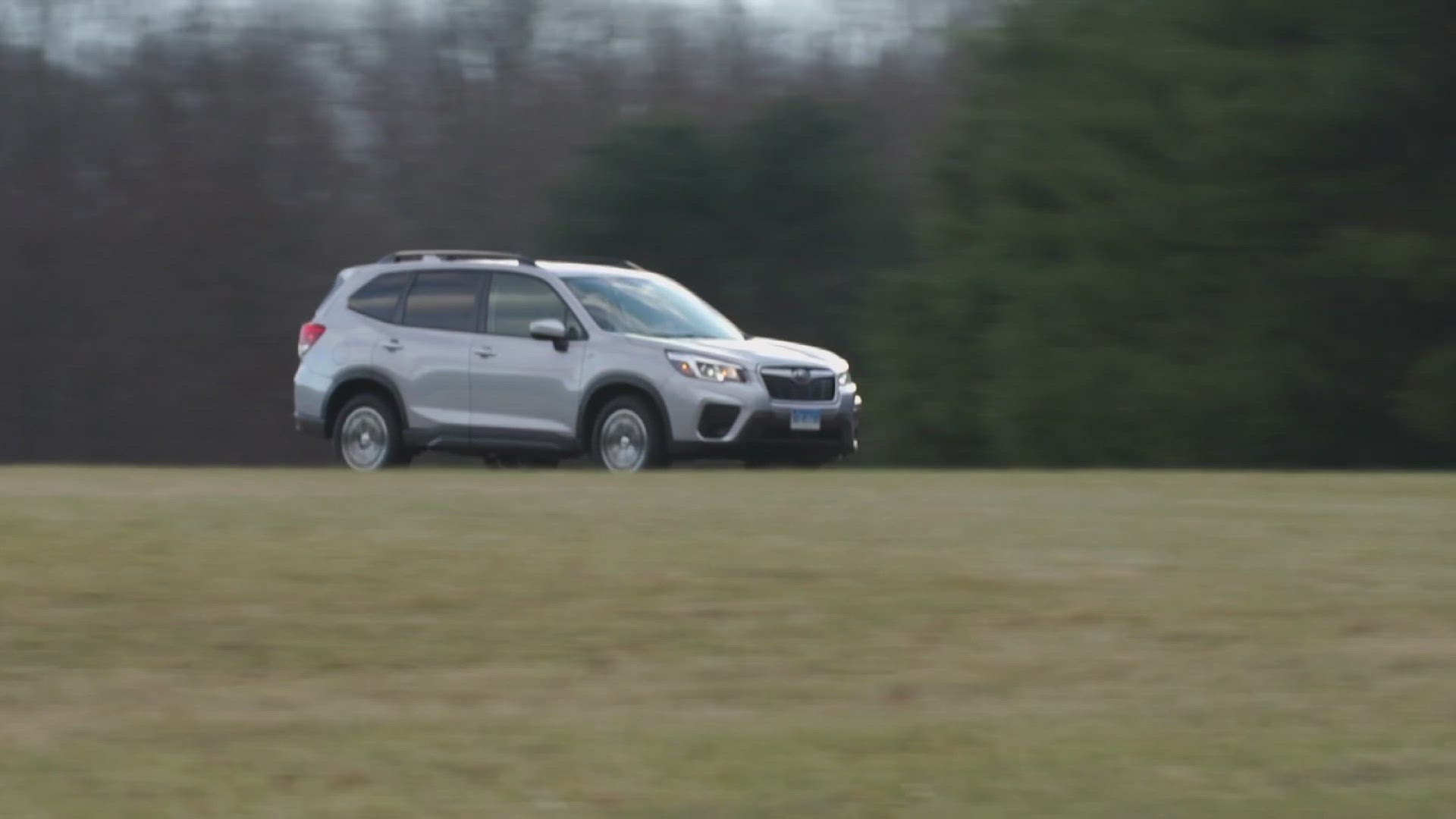GREENSBORO, N.C. — Are you already dreaming of summer? If your plans include a road trip, Consumer Reports has ways to help you stay safe, save money, and manage those unexpected bumps on the road.
Before you hit the road for a family getaway, look at your car for signs of wear and tear.
"Inspect your tires for signs of damage, such as cuts, cracks, and sidewall blisters that might result from potholes," said Keith Barry, Consumer Reports.
Also, check the tire pressure and adjust it to the number listed on the driver’s door jamb. Properly inflated tires are safer, last longer, and make your car more fuel-efficient.
"You can make your car more fuel-efficient by reducing aerodynamic drag. If you’re not using it, take off anything like a roof rack and or bike rack. And sticking to the speed limit can also save fuel," said Alex Knizek, Consumer Reports.
Consumer Reports tests show you lose about six miles per gallon at 75 instead of 65 miles per hour.
When it’s time to fill the tank, many gas stations will offer a lower price if you pay with cash. A credit card with cash-back rewards on gas could actually be a better deal, especially if you’ll be spending more on gas than you typically would in a month.
If you run into mechanical trouble or a flat tire, paying out of pocket for long-haul towing can run in the hundreds of dollars. It pays to look into a roadside assistance plan like AAA or Good Sam before you hit the road. Or you might already be covered by your auto insurance or credit card at no cost to you.
Apps and websites like GasBuddy and Waze can help with real-time prices at nearby gas stations when you’re filling up in an unfamiliar area – and while many gas stations will offer a lower price if you pay with cash, a credit card with cash-back rewards on gas could be a better deal.

